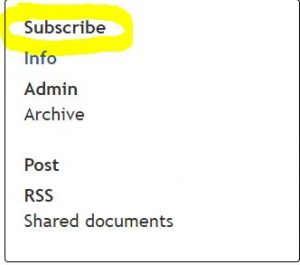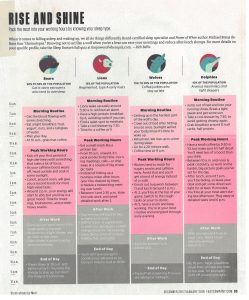Thank you for the excellent questions during Thursday’s webcast with Ross Macpherson on resumes. If you missed the interview, you can view/listen to the recording below:
- Audio-only recording (recommended)
- Video+Audio recording
I appreciated Ross’ perspective on branding and resumes. One takeaway for me is that your resume is about “who you help and how you help them.”
An important clarification he raised is that you should not list “MBA” next to your name if you have not graduated. Doing so is falsifying information. You can list “MBA” in your Education with your expected graduation date.
Ross had an in-depth answer for the question about the amount of technical vs. MBA skills to list in a resume. For me, it is about relevant skills. At the end of the day, you need to ask what are the most relevant skills to the job to which you are applying.
Ross offered 3 ways to quantify your accomplishments:
- Actual result or who benefited (usually the company) and how
- Context or scope
- What was it like when you started and what was it like when your task/project ended
IMPORTANT: Be truthful about your accomplishment. You need to be able to stand behind your claim and be able to explain how your achieved your results.
If you have not watched Ross’ videos on Beyond B-School, I strongly encourage you to do so. Ross offers lots of thorough in-depth advice. (If you have difficulty accessing the last four resources, you will first need to set up an account or log into your account at http://mbacareerbootcamps.com/. Please use your illinois.edu e-mail address to set up your account. Once you’ve logged in, you can use the links below to access the resources.)
- Ten Resume Tips to Spotlight Your Value
- How to Showcase your MBA in Your Resume
- Make Your Resume Aspirational to Get You Where You Want to Go
- Resume and LinkedIn Summary: Advanced Strategies for Career Changers (video)
- Resume and LinkedIn Summary: Advanced Strategies for Career Changers (slides with sample resumes)
- Advanced Resume Strategies: Giving You Punch on Paper (video)
- Advanced Resume Strategies: Giving You Punch on Paper (slides)
If you have more questions for Ross, you can find him at http://www.yourcareerquest.com/.
Before we ended our webcast, we had a question about whether having a “bare bones LinkedIn profile” was affecting their job search. We will address the question on March 28 when we interview Hannah Morgan about LinkedIn. Please join us.
In the meantime, if you are interested in subscribing to our monthly newsletter, please go to https://lists.illinois.edu/lists/info/giesonlineprogramscareerservices and click on the SUBSCRIBE button that you’ll see on the left hand side of the page.

For upcoming events, please bookmark and follow our blog. See you at our next event on February 28 when I speak with Esther Choy and Reena Kansal about communicating your value through effective storytelling.
Jerome
jeromeng@illinois.edu


